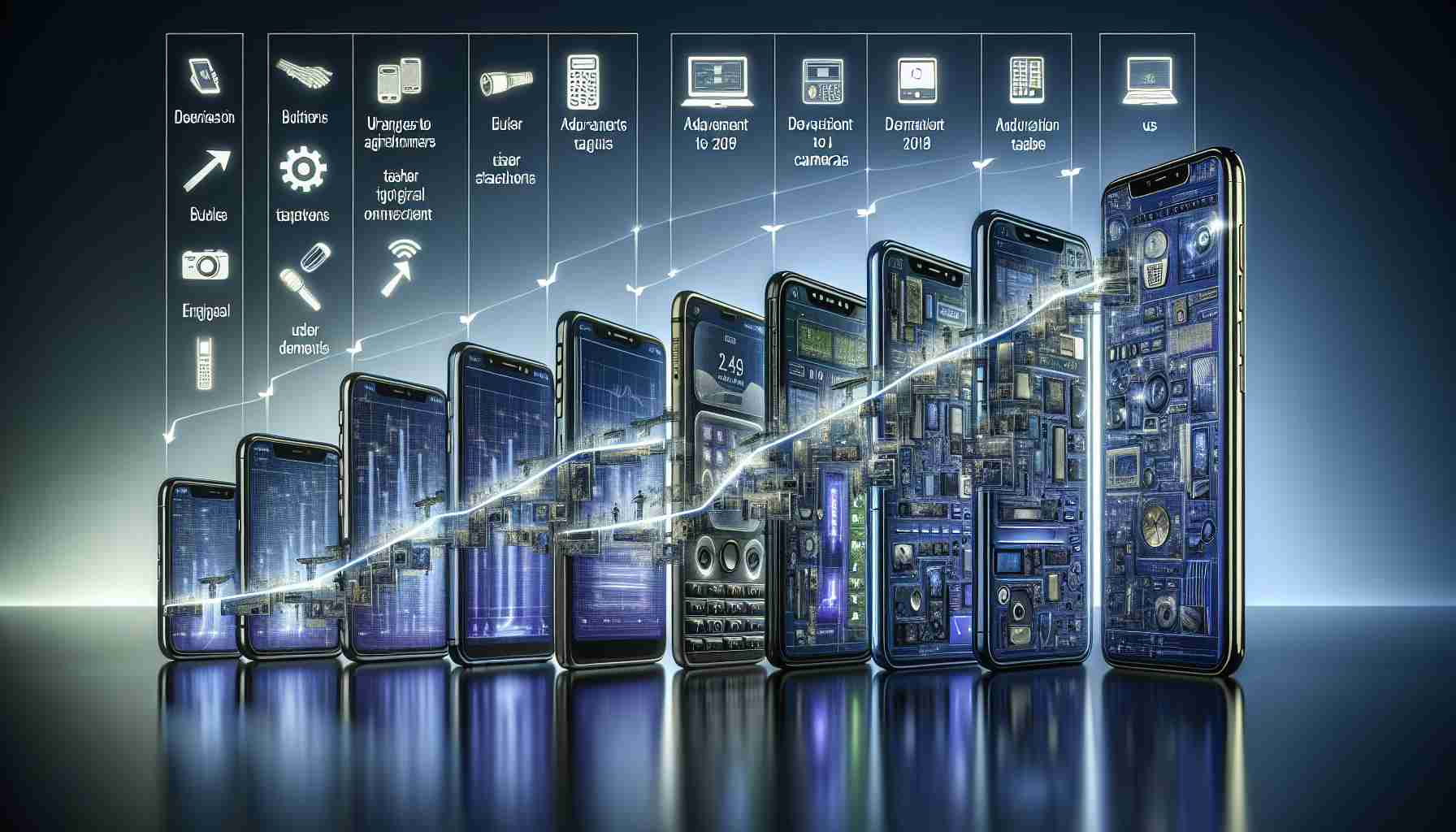Gone are the days of eagerly anticipating annual phone upgrades as stated by Verizon’s CEO. The excitement surrounding the release of new smartphones has dwindled, with users holding onto their devices for over 36 months on average. This shift in behavior is attributed to the significant advancements in phone technology over the past decade, resulting in improved quality and durability.
Verizon’s CEO highlighted the changing landscape in a recent interview, noting the decline in frequent phone upgrades. The sentiment of eagerly switching to a new phone every year is being replaced by a more mindful approach to device utilization. Users are now more inclined to make the most of their current smartphones, leveraging the enhanced features and longevity of modern devices.
Analysis from Statista reveals that the average lifespan of smartphones in the United States has increased. In 2023, users were found to hold onto their phones for an average of 2.67 years, a trend expected to continue with an estimated average of 2.93 years by 2027. This marks a significant shift from 2015 when users upgraded their devices more frequently, every 2.53 years on average.
As user behaviors evolve and devices become more advanced, the mobile phone upgrade cycle is undergoing a transformation. Users are prioritizing longevity and functionality, embracing the idea of holding onto their smartphones for longer durations while still enjoying a satisfying user experience.
Shifting Mobile Phone Upgrade Trends in Response to Evolving User Habits
In the fast-paced world of technology, mobile phone upgrade trends have experienced a noticeable shift as user habits evolve. While the previous article highlighted the increasing lifespan of smartphones and the trend of users holding onto their devices for longer periods, there are additional factors influencing this change.
What are the key reasons behind the shift in mobile phone upgrade trends?
One important factor contributing to this change is the plateauing of significant technological advancements in newer smartphone models. The incremental improvements in each new release may not be compelling enough for users to upgrade their devices frequently. Additionally, economic uncertainties and the rising costs of flagship smartphones have made users more cautious about investing in regular upgrades.
What are the challenges associated with the evolving user habits in mobile phone upgrades?
One of the key challenges in this landscape is for smartphone manufacturers and service providers to adapt their business models to accommodate longer device retention periods. This shift may impact sales projections and revenue streams that were previously reliant on frequent upgrades. Additionally, ensuring customer loyalty and satisfaction in a market where upgrade cycles are lengthening poses a challenge for businesses.
Advantages and Disadvantages of Prolonged Mobile Phone Upgrade Cycles
Advantages:
– Reduced e-waste: Longer device lifespans mean fewer phones being discarded, leading to a more sustainable approach to tech consumption.
– Cost savings: Users can benefit from extended use of their current smartphones, avoiding the financial burden of frequent upgrades.
– Enhanced user experience: By becoming more familiar with their devices over time, users can maximize the capabilities and features of their smartphones.
Disadvantages:
– Technological lag: Holding onto older devices for extended periods may result in users missing out on cutting-edge features and innovations present in newer models.
– Software and security updates: Older smartphones may become less compatible with new software updates, potentially compromising data security and usability.
– Decline in resale value: The longer users retain their devices, the lower the resale value they may receive when eventually deciding to upgrade.
In conclusion, the evolving mobile phone upgrade trends reflect a changing landscape driven by user behavior and technological advancements. As users prioritize longevity, functionality, and cost-effectiveness in their device usage, industry players must adapt to meet these changing demands while navigating the challenges associated with longer upgrade cycles.
For more insights on mobile phone trends and technology, visit Statista.
























